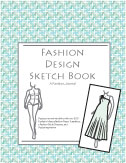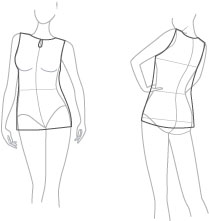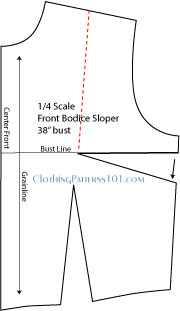- Clothing Patterns 101
- Elements of Design
Basic Elements of Clothing Design
If you’ve always wanted to dabble in clothing design but thought you didn’t have the skill or the talent, I’m here to tell you:
You can do it!
If you sew your own clothes from commercial patterns you buy at the fabric store, you already make design decisions regarding style, color, fabric, and details. You make similar decisions when you shop, choosing the styles that have the details you want (that is, if you can find them!)
You can design your own clothes using the same fashion sense you use when you sew or when you shop - and you have total control over the results!
Elements of Design
The design details you’d use to distinguish your style include;
- the shape of the neck and/or collar
- the length, shape and fullness of sleeves (with or without cuffs)
- the shape, length, and fullness of a skirt
- the length, shape and fullness of a
top or blouse.
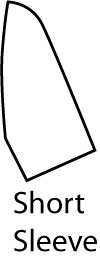
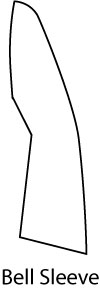

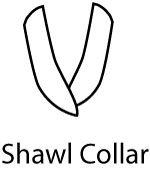

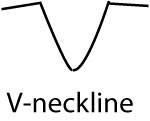
By combining these elements in a "mix and match" fashion, you'll create an endless variety of styles.
Try a shawl collar with short sleeves, a Peter Pan collar with full sleeves, or bell sleeves and a V-neck top. These are simple variations on a basic blouse or top!

Other design elements and options
Darts and shaping seams can also be used as design elements – princess seams and shoulder or hip yokes are commonly used design details that also give the garment shape and fit.
Pleats and gathers add fullness and movement. A slim cut skims the body and is more tailored. By “mixing and matching” various design elements, you can come up with an almost endless array of styles.
Pockets, aside from being very useful (shouldn't every garment have pockets??), can also add design flair. Design Details: Pockets is a Craftsy class that shows you how to choose the appropriate pocket for your project, and how to draft and construct it.
Ease is the amount of extra fabric allowed for movement and/or style in a garment. Fitting ease (wearing ease) is the minimum amount of room needed for comfort and movement, usually 1 – 1 ½” more than the body measurement. Style ease (design ease) is additional ease added to achieve the desired style (such as a full skirt or a full sleeve, or an oversized silhouette).
Designing a dress from the basic block
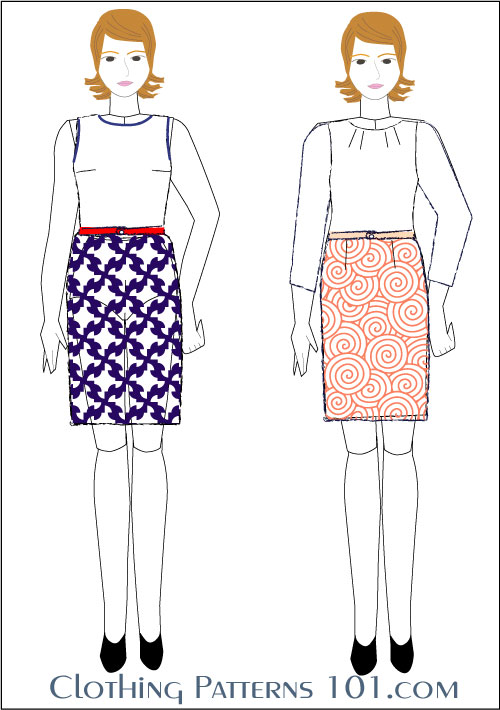 |
Even the most basic dress can have a variety of looks, depending upon the style details you choose. For example, both of the dresses at left have the same silhouette - simple, fitted styles with a natural waistline. But the different colors, prints, and position of the bodice darts (side darts vs. neck darts) help create two entirely different looks. One has sleeves, one is sleeveless with contrast binding - you could add or remove sleeves on either dress for yet another new look. |
Add flared skirts, full sleeves, or collars and you have an endless variety of fashions.
Shorten the body into a collection of tops and blouses and pair with skirts or pants - even more style options!
Simple elements, grouped together in varying combinations, are what clothing design is all about.
What's the Next Step?
Before you create these dress, skirt or blouse styles, you'll need a well-fitting dress block. You can create one from a commercial pattern, based on your own measurements and shape.
